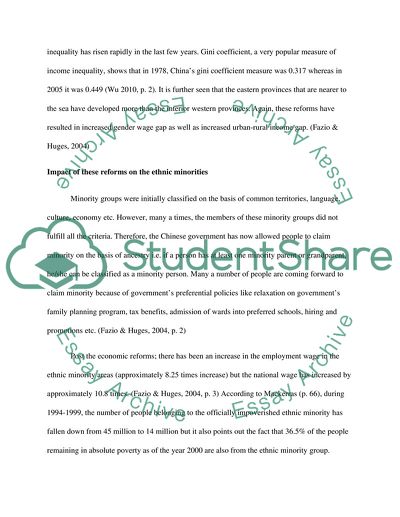Cite this document
(The Impact of the Markets on the Ethnicity in China Term Paper, n.d.)
The Impact of the Markets on the Ethnicity in China Term Paper. Retrieved from https://studentshare.org/macro-microeconomics/1580503-discuss-the-markets-impact-on-ethnicity-in-china
The Impact of the Markets on the Ethnicity in China Term Paper. Retrieved from https://studentshare.org/macro-microeconomics/1580503-discuss-the-markets-impact-on-ethnicity-in-china
(The Impact of the Markets on the Ethnicity in China Term Paper)
The Impact of the Markets on the Ethnicity in China Term Paper. https://studentshare.org/macro-microeconomics/1580503-discuss-the-markets-impact-on-ethnicity-in-china.
The Impact of the Markets on the Ethnicity in China Term Paper. https://studentshare.org/macro-microeconomics/1580503-discuss-the-markets-impact-on-ethnicity-in-china.
“The Impact of the Markets on the Ethnicity in China Term Paper”. https://studentshare.org/macro-microeconomics/1580503-discuss-the-markets-impact-on-ethnicity-in-china.


